Are you one of the three million Americans who have glaucoma? Glaucoma is an eye condition that damages your optic nerve.
Your optic nerve relays information to your brain so you can see. Glaucoma typically progresses gradually.
You may not notice any symptoms in the beginning. However, continuous damage to the optic nerve can lead to significant vision loss.
This often affects your peripheral vision first. Glaucoma can eventually result in blindness and permanent, irreversible vision loss.
Fortunately, proper treatment can preserve your vision. Keep reading to learn how to determine the best glaucoma treatment for you!
How Is Glaucoma Treated?
Once damage to the optic nerve has occurred, it is permanent and impossible to reverse. However, treatment can slow the condition’s progression and minimize further damage. For this reason, it’s crucial to begin treatment as soon as possible.
When you have glaucoma, you generally have elevated eye pressure (intraocular pressure, or IOP). Elevated eye pressure occurs when fluid builds up. Treatment for glaucoma looks to return pressure in the eye to normal levels and avoid any further damage to the optic nerve.
In most cases, medication is the first course of treatment for glaucoma patients. Prescription eye drops can lower IOP.
They can work in two ways: helping fluid flow out of the eye or reducing the amount of fluid the eye produces. Another way to control intraocular pressure is with Durysta, a dissolvable implant drug delivery device for the medication bimatoprost.
Your ophthalmologist may recommend surgery when medication does not have the desired effect. The OMNI® Surgical System is a minimally invasive and highly effective treatment option. It utilizes a combination of treatments to address three possible points of fluid blockage in the eye.
Shunts and stents can be inserted into the eye to aid in the outward flow of fluid too. With shunt surgery, a small tube is positioned in the eye to provide another pathway for fluid to drain. A stent works similarly, such as the iStent® by Glaukous, the Hydrus Microstent, and the XEN® Gel Stent.
There are also laser surgery options available, including argon laser trabeculoplasty (ALT), laser iridotomy, laser peripheral iridotomy (LPI), and endoscopic cyclophotocoagulation (ECP).
If glaucoma continues progressing even after trying medication or laser treatment, a trabeculotomy can be performed. The procedure creates an opening in the eye and an alternative place where fluid can drain.
Determining the Best Treatment for You
If you have glaucoma, your eye doctor can diagnose it during a comprehensive eye exam. After receiving a glaucoma diagnosis, our team of ophthalmologists will evaluate the stage of the eye condition to identify your optimal treatment plan. Sometimes, a combination of treatments is required.
Your treatment will depend on which type of glaucoma you have. Although there are several kinds of glaucoma, the two most common kinds of glaucoma are open-angle glaucoma and closed-angle glaucoma. Open-angle progresses slowly, while open-angle glaucoma results in damage that occurs suddenly.
By recognizing whether you have open-angle or closed-angle glaucoma, your ophthalmologist can recommend the best course of treatment. Treatment often starts with medication and laser procedures.
Some people choose laser treatment to avoid the need to use eye drops regularly. Your eye doctor will help you understand all your options and select the ideal one for you.
Do you need more information about the best way to treat glaucoma? Contact Fichte, Endl & Elmer Eyecare at 1-800-309-2020 to request an appointment in Buffalo, NY, today!


